The Importance of Proper Fit in Cycling Apparel

Frequently Asked Questions
1. Why is proper fit important in cycling apparel?
2. What materials should I look for in cycling apparel?
3. How do I choose the right size for my cycling kit?
4. What are the benefits of a well-fitted chamois in cycling shorts?
5. How can I maintain the longevity of my cycling kit?
Cycling enthusiasts know that selecting the right cycling kit goes beyond just picking vibrant colors or trendy designs. Proper fit is crucial not only for appearance but also for performance, comfort, and overall cycling experience. In this article, we delve into the importance of proper fit in cycling apparel and why every cyclist should prioritize it.
Understanding Cycling Apparel
Cycling apparel refers to specialized clothing designed to enhance the cycling experience. This includes jerseys, shorts, tights, and outerwear made from moisture-wicking, breathable materials tailored for the unique demands of cycling. A well-fitted cycling kit can transform your ride so much that it feels like night and day. But what constitutes a proper fit? Let’s break it down.
The Essentials of a Well-Fitted Cycling Kit
A good cycling kit should meet several criteria to ensure maximum comfort and performance. The following aspects should be considered when choosing cycling apparel:
1. Material and Flexibility
The first consideration when selecting a cycling kit is the material used. High-quality, stretchable materials provide greater freedom of movement while cycling. Fabrics that wick away moisture keep you dry and comfortable throughout your ride. Additionally, choose a fabric that is durable yet lightweight, ideal for both long distances and leisurely rides.
2. Proper Fit Around the Body
The fit of your cycling apparel should strike a balance where it is snug but not restrictive. A cycling kit that is too loose can create unnecessary drag, affecting your speed and efficiency on the bike. Conversely, a kit that is too tight can restrict movement and blood circulation, leading to discomfort. Necessary areas to check for fit include:
- Chest: Ensure there’s room to breathe without feeling constricted.
- Waist: Should fit snugly without pinching.
- Sleeves: Check if they allow free movement of the arms without pulling.
- Leg Length: The shorts should sit properly without riding up.
3. Padding and Chamois
A significant part of your cycling kit is the chamois or padding that provides comfort while you ride. A well-fitted chamois will lessen the chances of chafing and saddle sores. This padding is crafted to fit your body shape, allowing for a smooth ride without hindrance. It’s essential to select a kit that features a chamois specifically designed for your riding style, whether it be for long-distance cycling, racing, or recreational rides.
Impact of the Right Fit on Performance
The advantages gained from wearing a properly fitted cycling kit extend far beyond aesthetics. Here are some aspects where performance is notably improved:
Improved Aerodynamics
A snug cycling kit minimizes wind resistance, making you more aerodynamic on the bike. Loose clothing can catch the wind, increasing drag and requiring more energy to maintain your speed. When you wear a fitted kit, you cut through the air efficiently, allowing you to conserve energy and ride faster during competitions or long-distance rides.
Enhanced Comfort and Focus
When your clothing fits well, you can focus better on your ride rather than being distracted by discomfort. A cycling kit that rides up or pinches can take your mind off your performance, affecting your overall output. With the right fit, you can enjoy your ride, whether it's a casual spin around the block or an attempt at a personal best on a challenging trail.
Temperature Regulation
The materials of a well-fitted cycling kit often feature technologies that help regulate your body temperature. Riding in extreme weather conditions can be taxing, but quality cycling apparel designed for fit can offer lightweight insulation and breathability, ensuring you stay cool during hot days and warm during colder rides.
Choosing the Right Size: A Key Step
Selecting the right size for your cycling kit is essential, and many brands provide sizing charts. However, keep in mind that sizing can vary among different manufacturers. It’s advisable to try on various styles and brands, as this allows you to identify what works best for your unique build. Also, consider the following:
- Try Before You Buy: If possible, visit a local shop to try cycling apparel before making an online purchase.
- Consider Layering: If you plan to layer your cycling kit, make sure you account for this in your size choice.
- Read Reviews: Reviews can provide insight into how apparel fits from customers with similar body types.
Maintaining Your Cycling Kit for Longevity
The life of your cycling kit significantly depends on its care and maintenance. Proper washing and storage can ensure that your apparel retains its fit and functionality. Here are some tips to help you keep your cycling apparel in top condition:
Washing Instructions
Always follow the manufacturer’s care instructions for washing cycle apparel. Typically, washing with cold water and on a gentle cycle is preferred. Avoid fabric softeners or bleach, as they can compromise the moisture-wicking capabilities of the material.
Storage Recommendations
Store your cycling kit in a cool, dry place away from direct sunlight. Avoid folding them tightly, as this can lead to creases and potential damage over time. Instead, hang your apparel to maintain elasticity and shape.
Final Thoughts: Elevate Your Cycling Experience
The importance of proper fit in your cycling kit cannot be overstated. From enhanced performance to increased comfort, the right apparel can truly elevate your cycling experience. It not only adds to your overall aesthetic but also improves your efficiency and enjoyment during rides. Whether you're gearing up for a competitive race or a weekend leisure ride, a well-fitted, quality cycling kit will make all the difference. Invest in the right fit, and enjoy getting the most out of every pedal stroke!
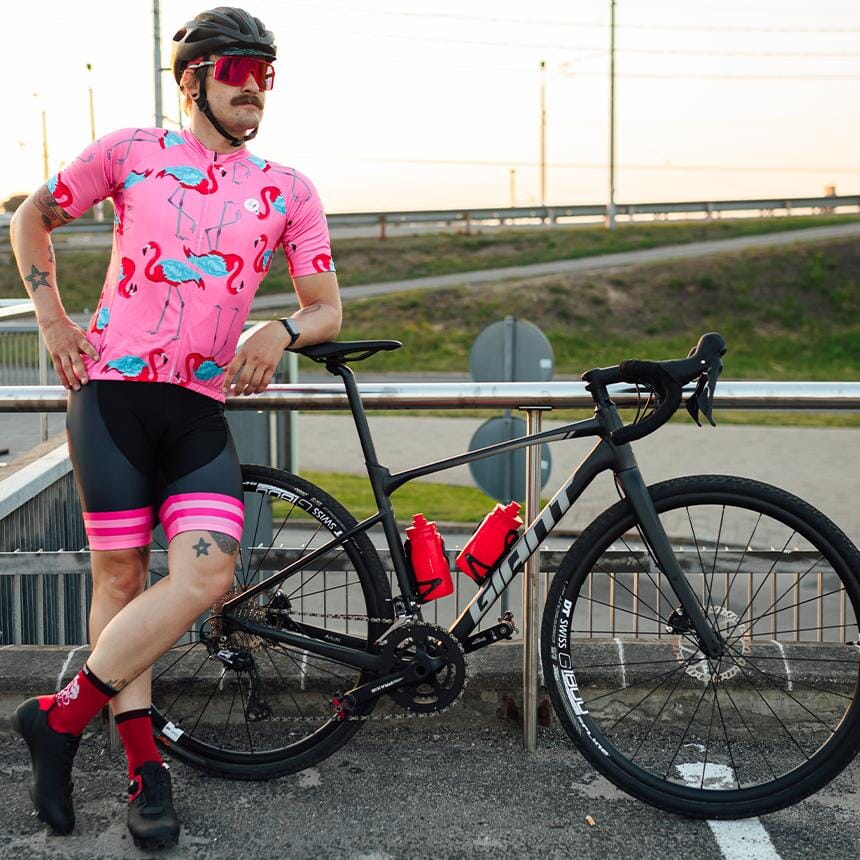

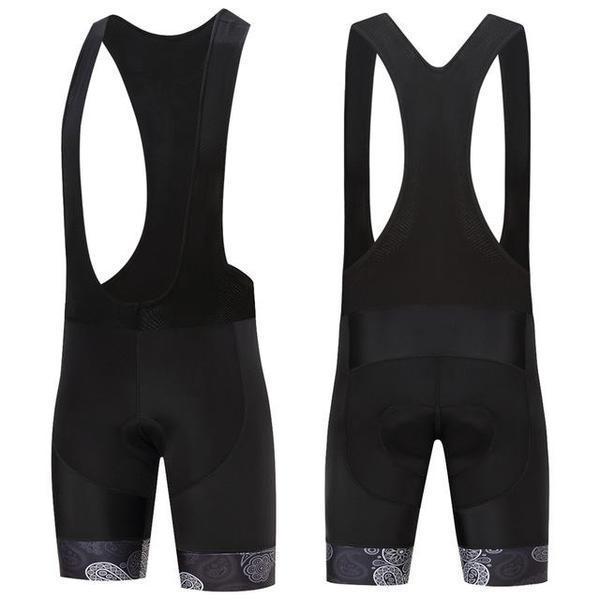

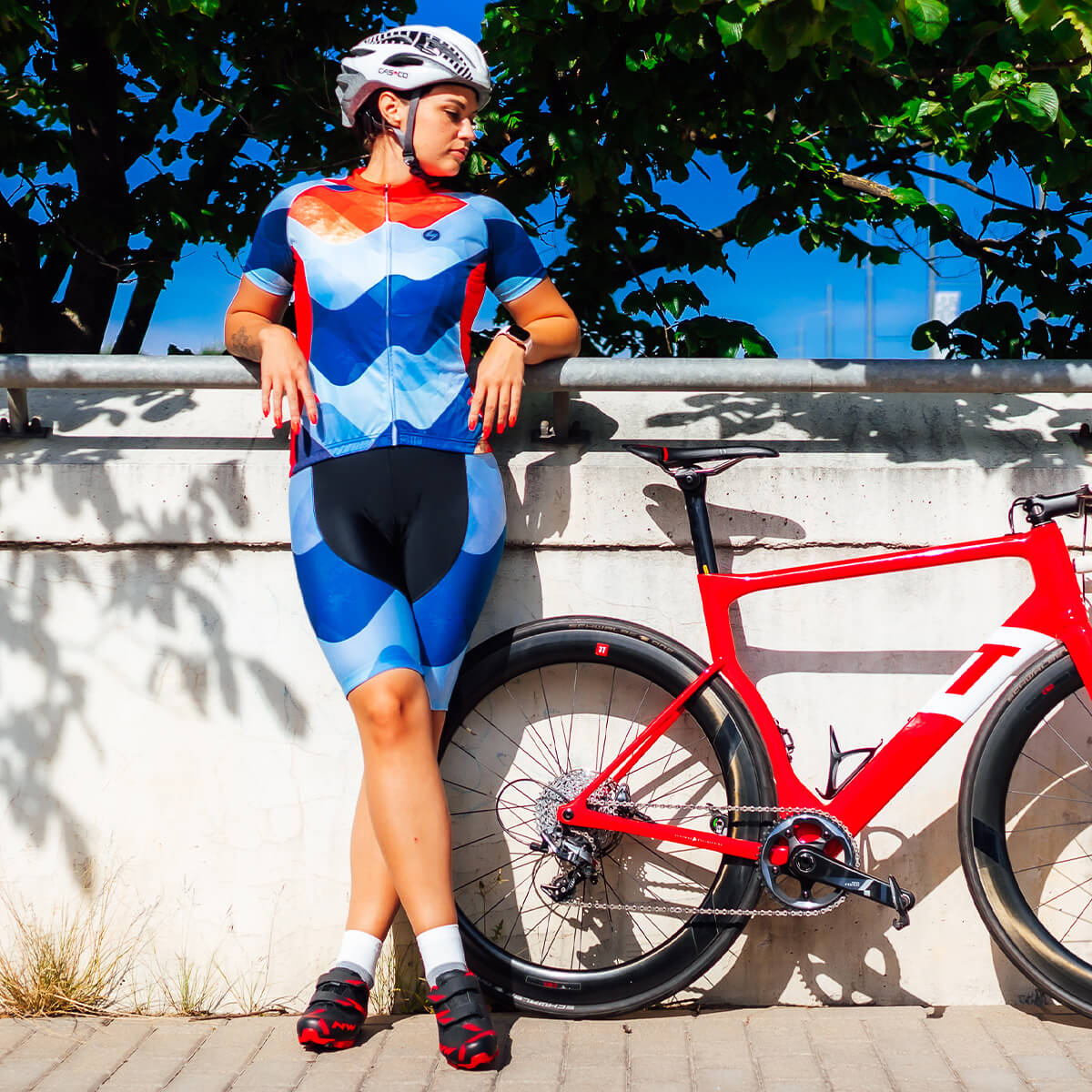
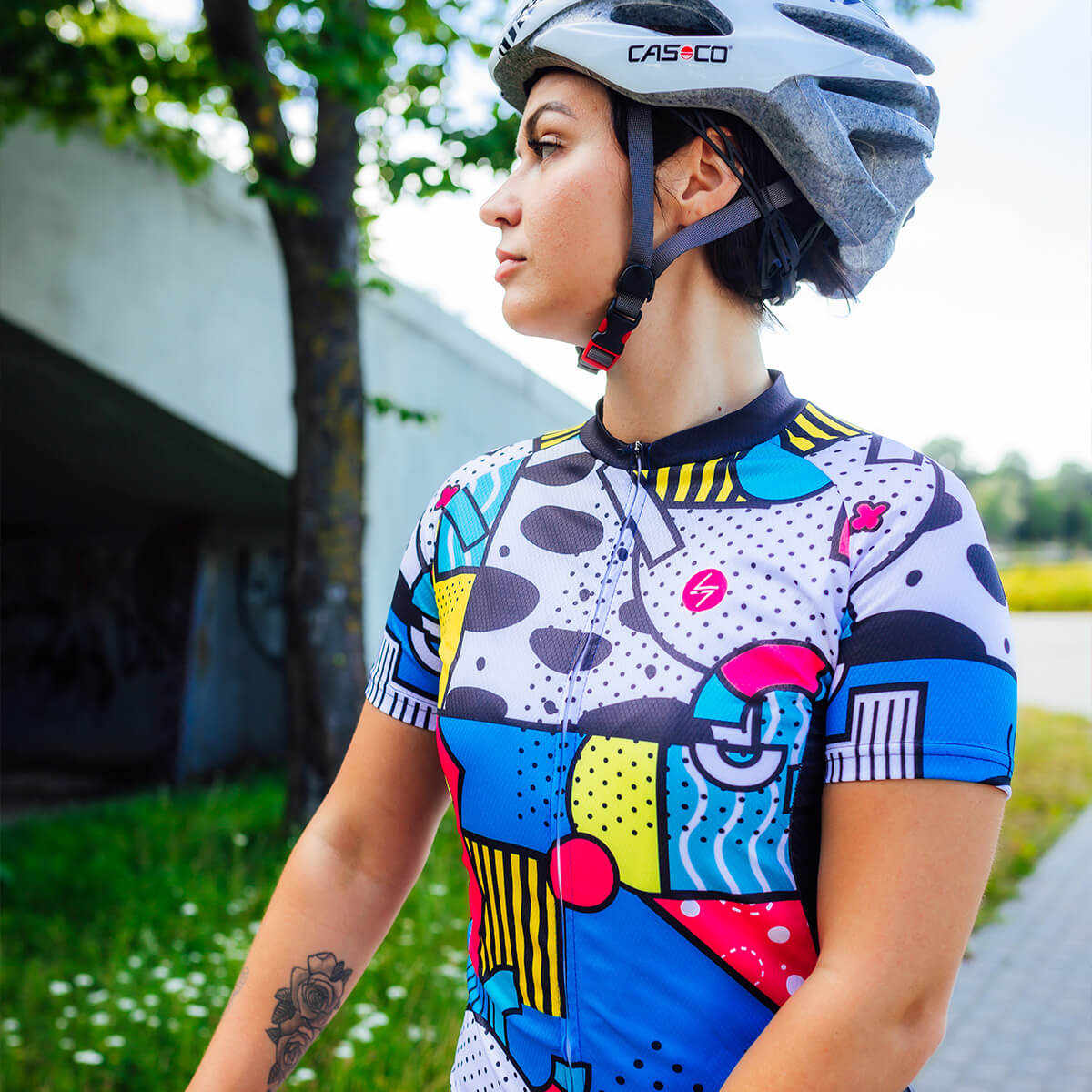

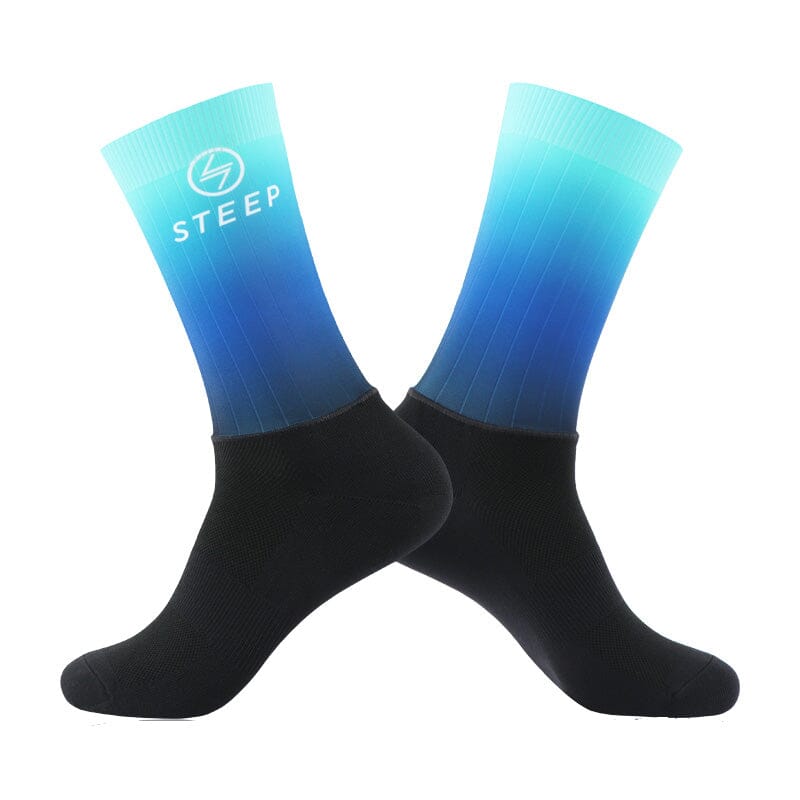
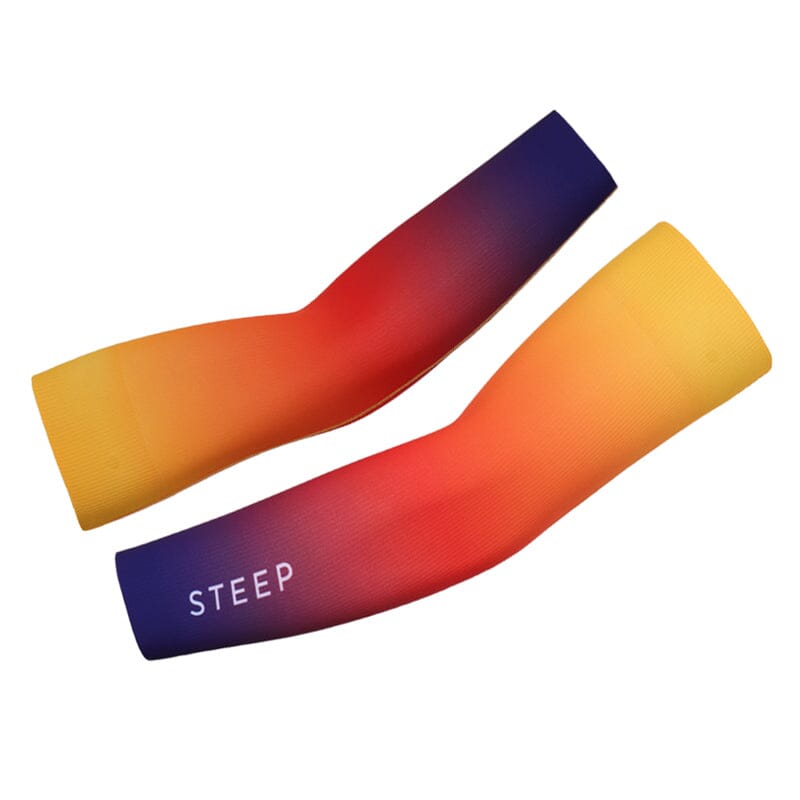






Leave a comment